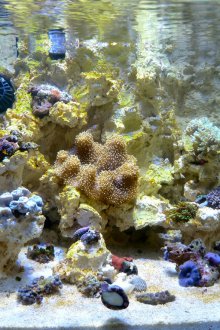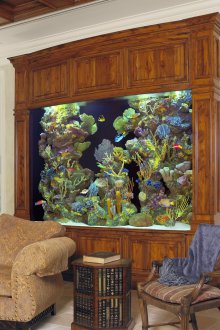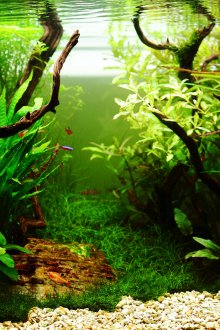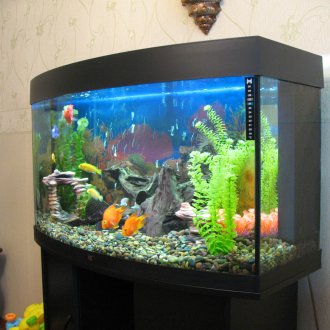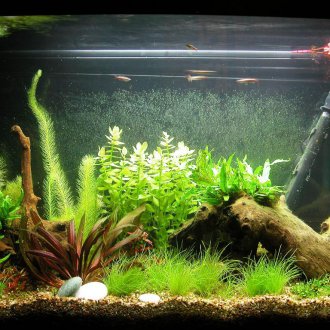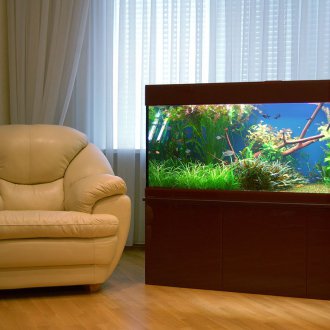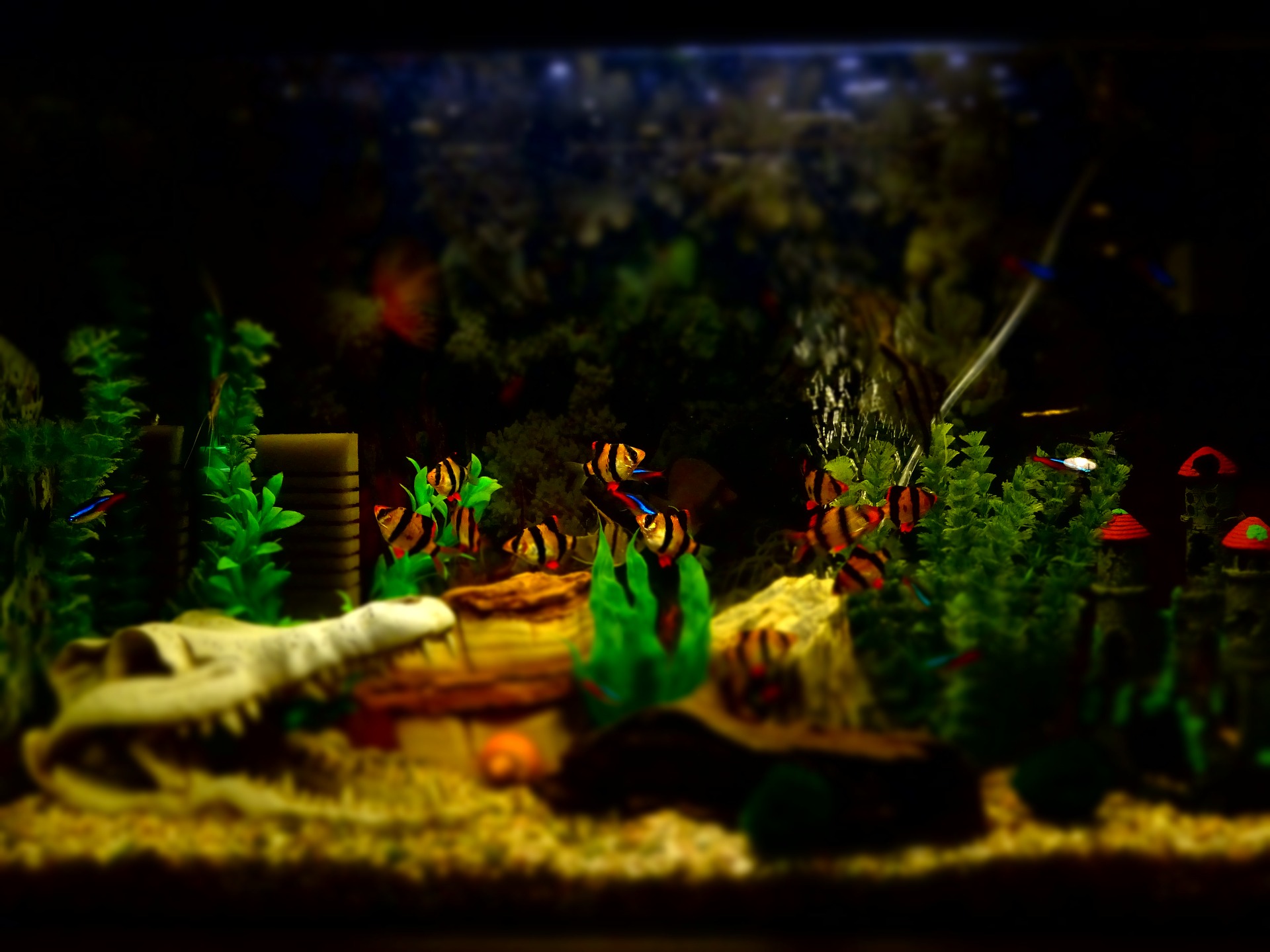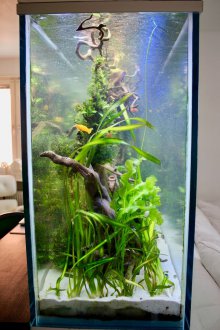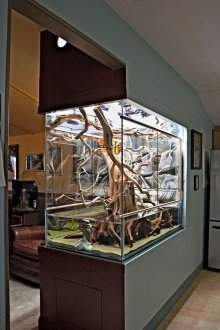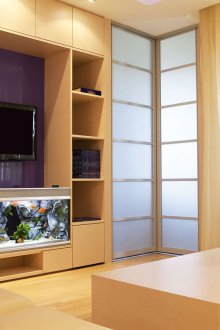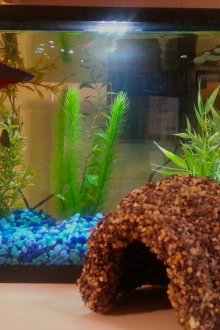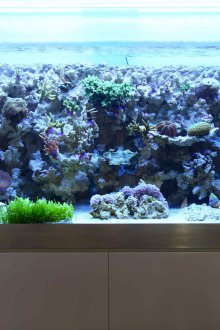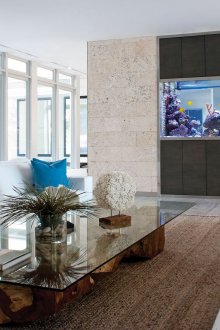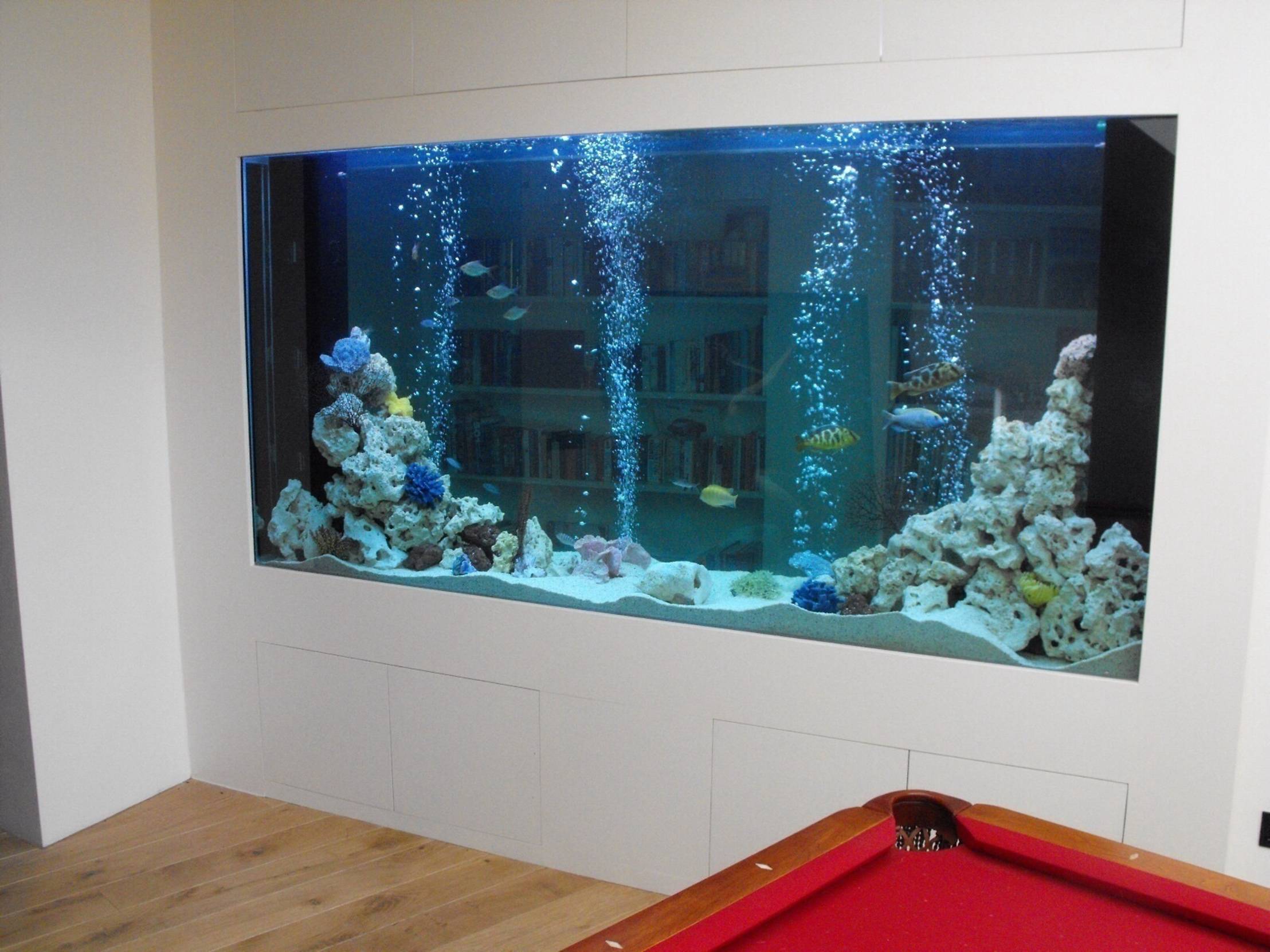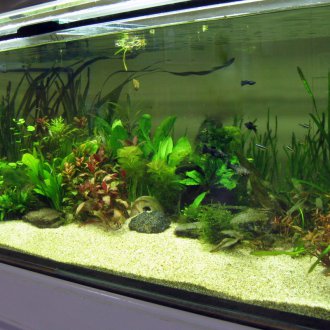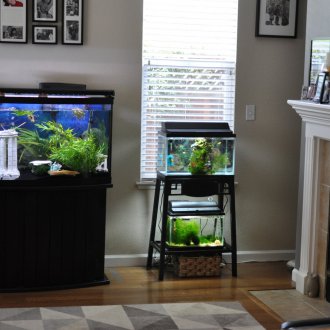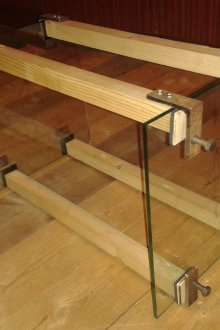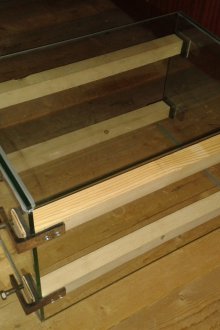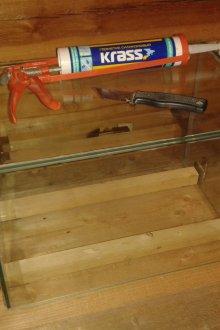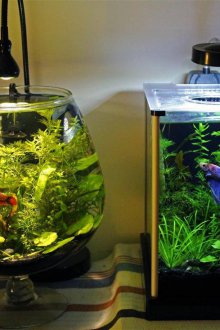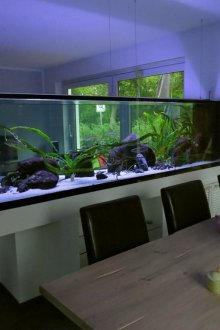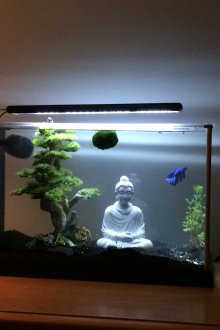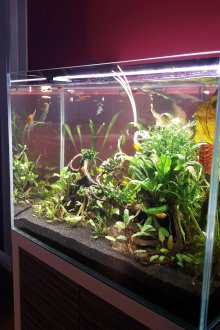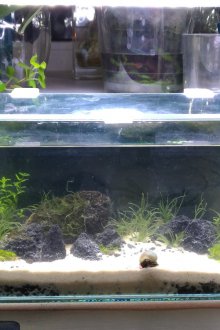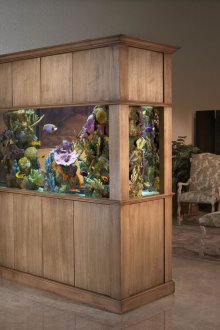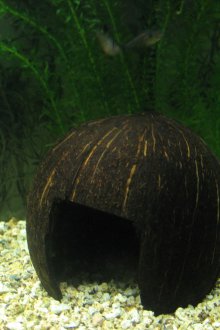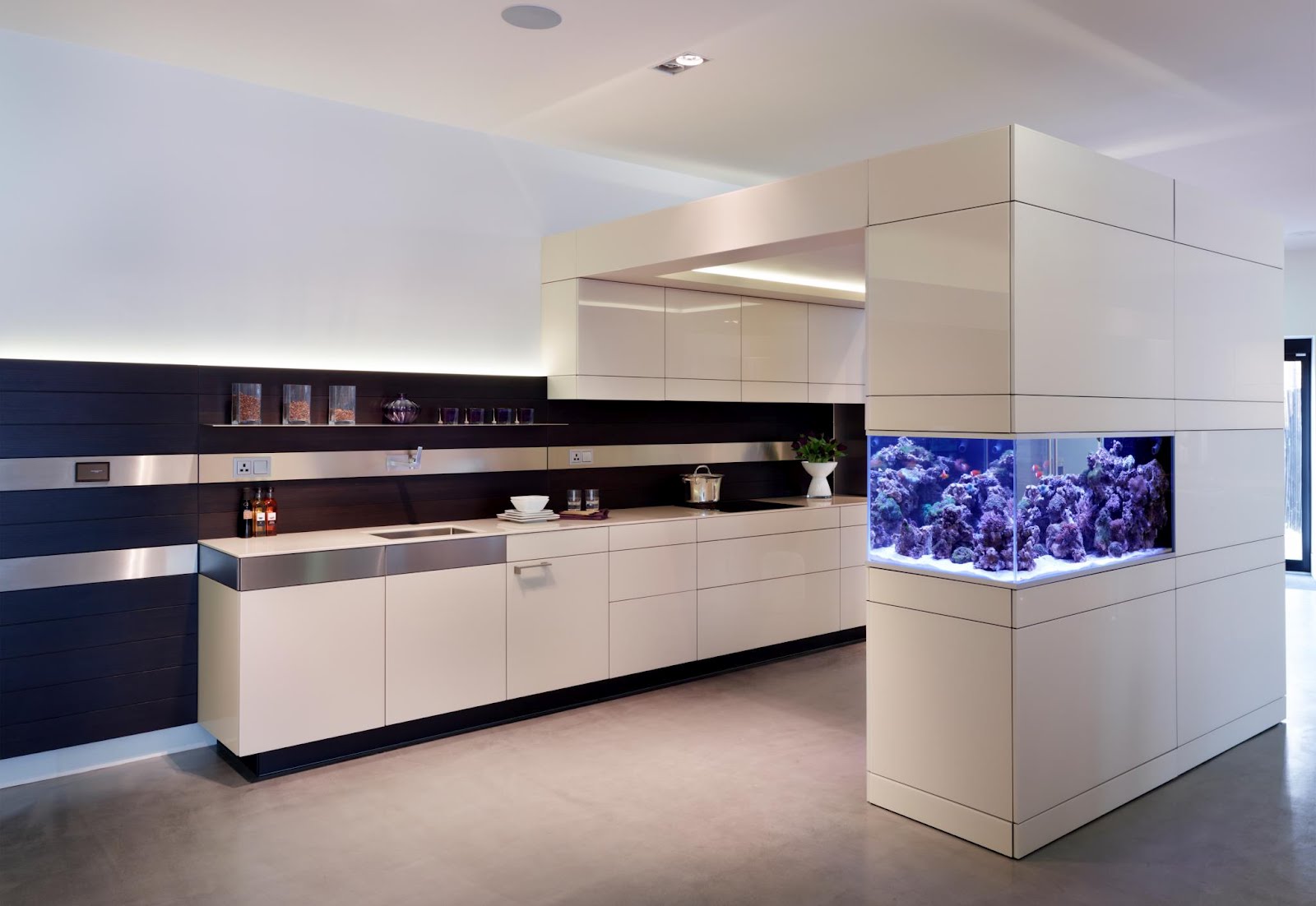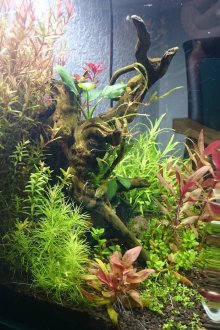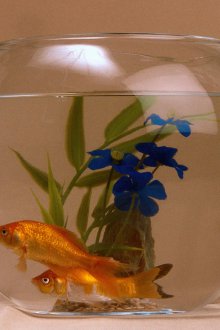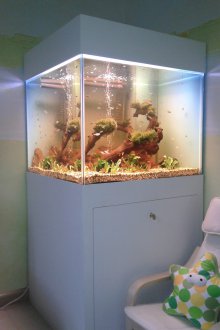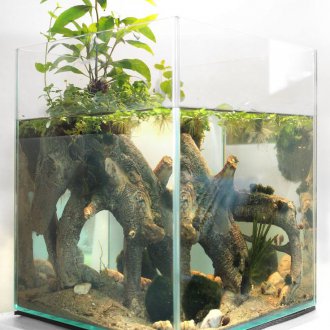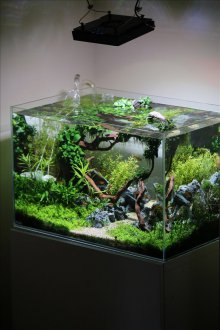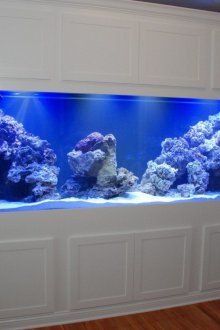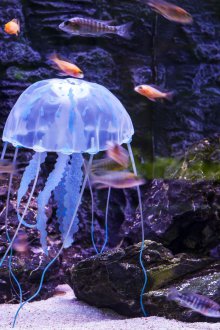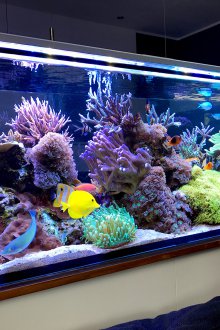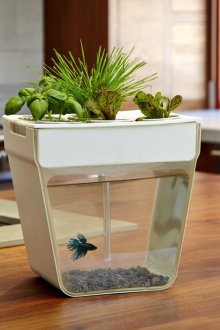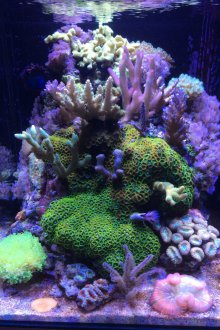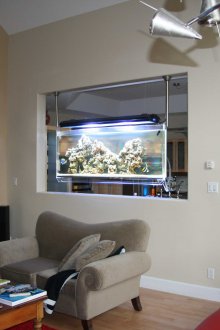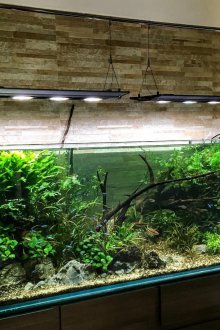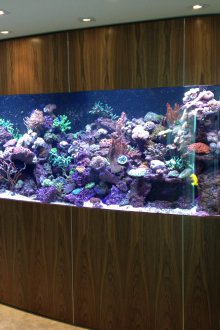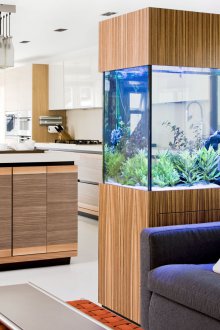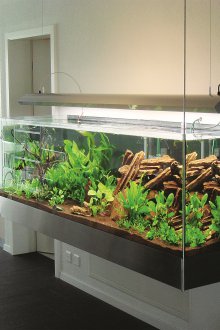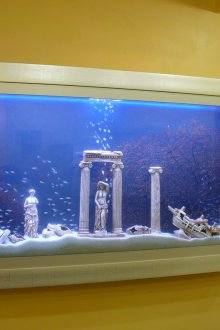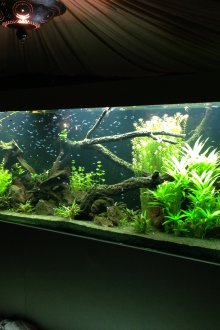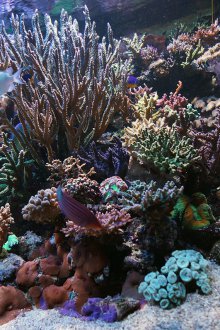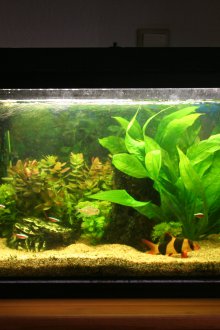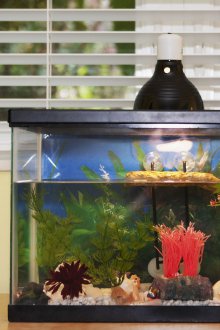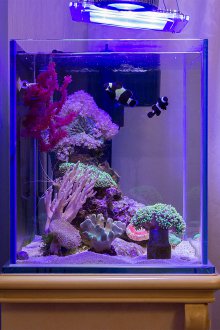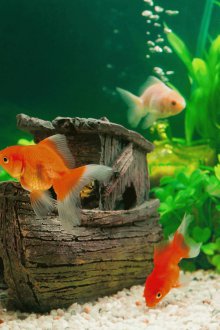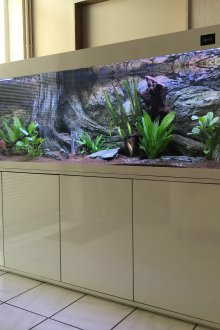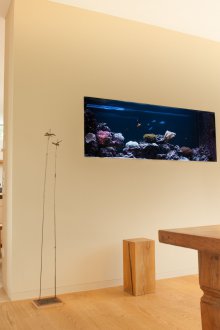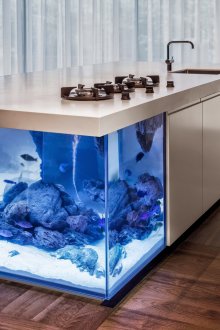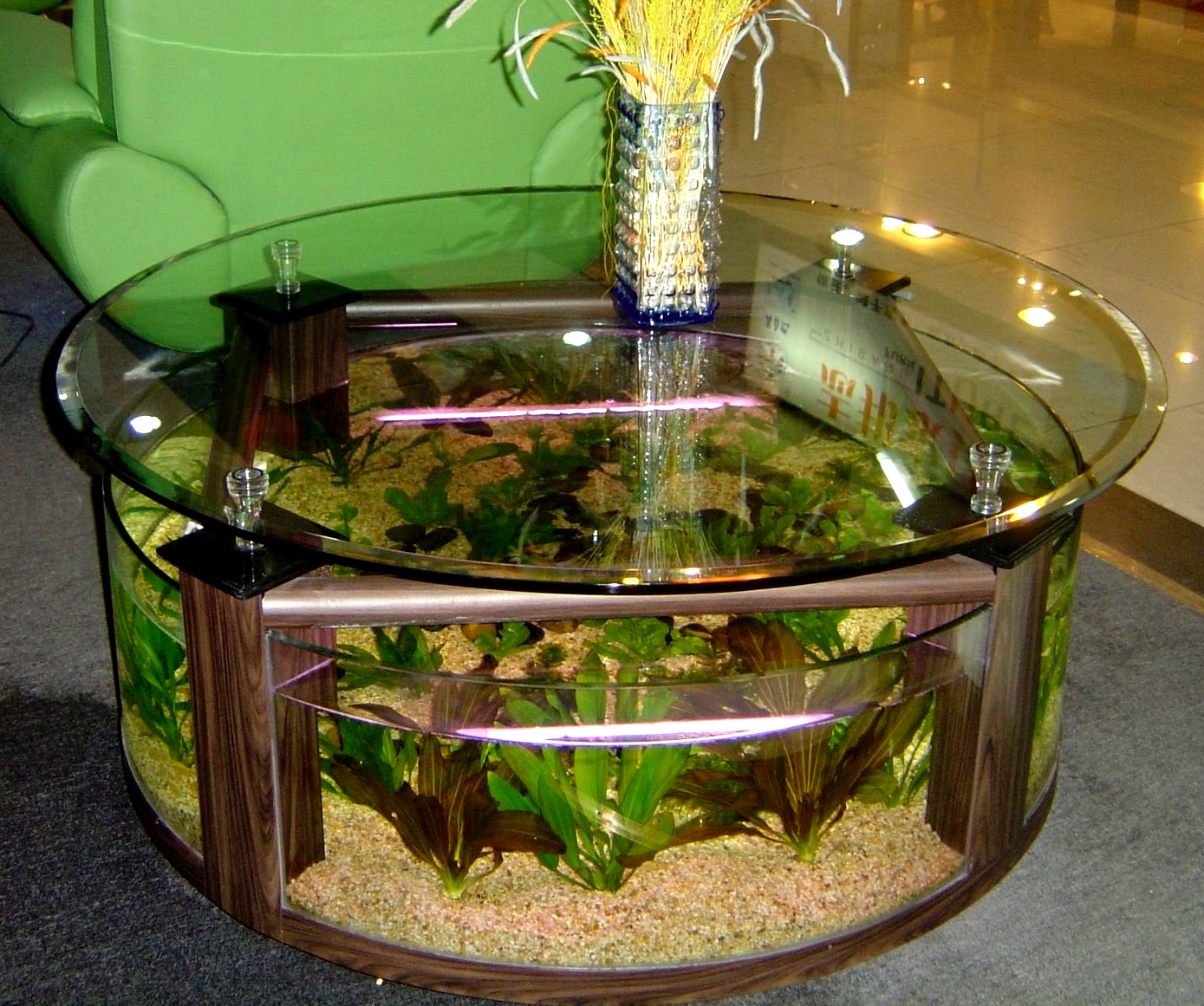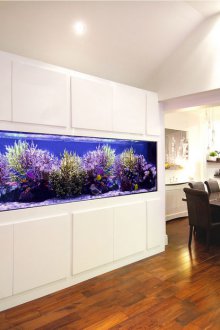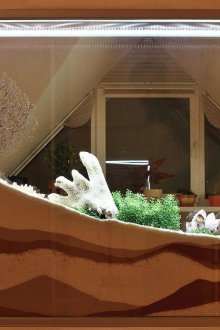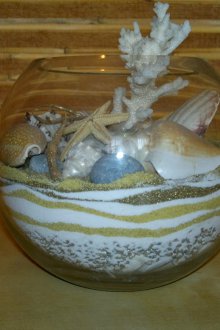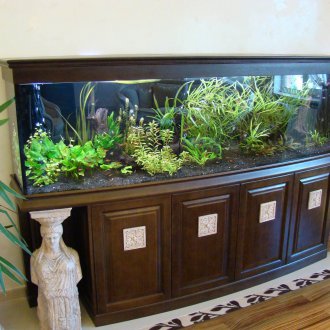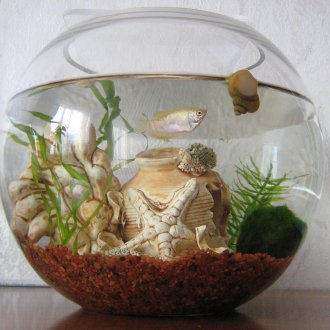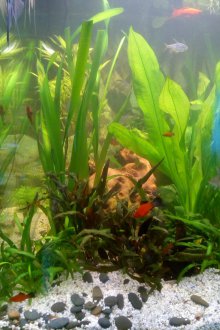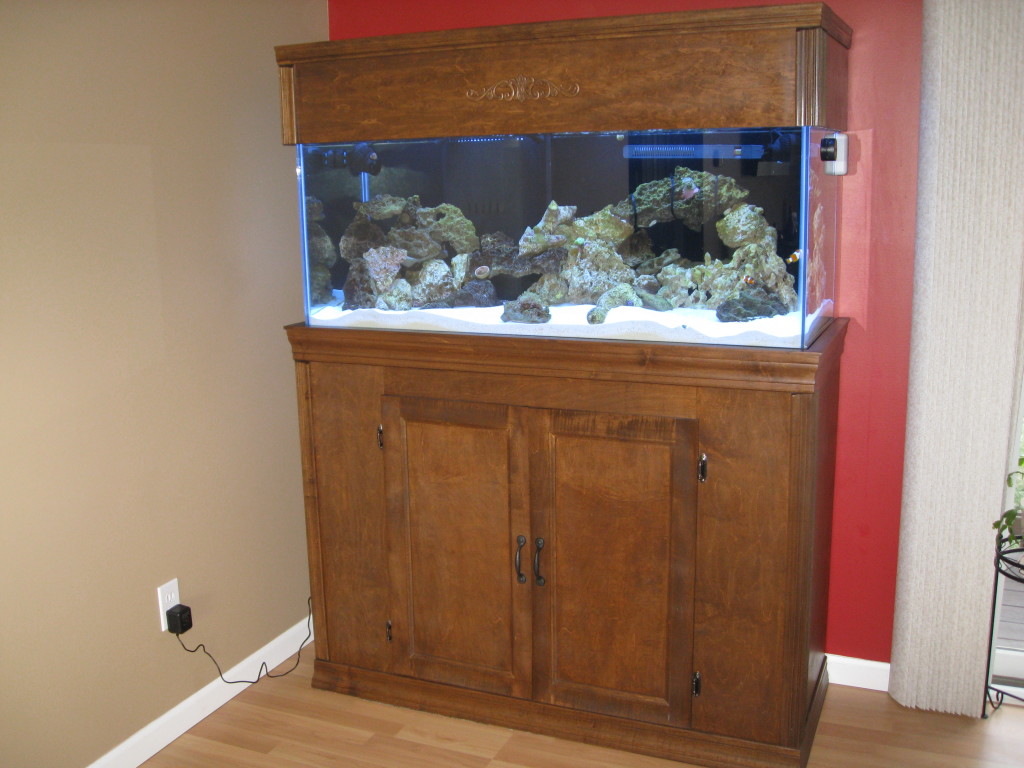Do-it-yourself aquarium: a review of materials, tools and technologies (71 photos)
Content
One of the reasons for the need to make this interior accessory with your own hands is the lack of sufficient space for installing an aquarium in a small space, say, in a one-room apartment. Or another situation - in a private house there are conditions for using containers of a non-standard configuration, but the samples presented on sale do not meet aesthetic requirements or are too small.
List of materials and fixtures
If you decide how to make an aquarium for a turtle or fish, visit the nearest hardware store - usually the type of future products is determined by the availability of necessary materials. Sample list:
- glass cutter;
- roulette;
- metal corner;
- stationery knife;
- sponges;
- glue (sealant) and dispenser to it;
- masking tape;
- substrates;
- putty knife;
- ruler;
- rags;
- clamps-holders.
Standard glue for glass is not suitable here, since it can have a detrimental effect on the microenvironment. Requirements for glue:
- lack of toxic compounds;
- high elasticity;
- absolute transparency;
- long shelf life;
- quick drying;
- reinforced strength;
- high adhesion.
The exception - if you plan to assemble a dry decorative aquarium that carries only an aesthetic load - this is a common imitation of an aquarium in the interior.
How to make an aquarium with your own hands?
The first stage is the preparation of glass. The material is cut so that the bottom fits into the walls - the sealant is more firmly fixed in tension. All areas where glue is supposed to be applied are pre-degreased with white spirit or acetone.
To protect the glass from excess glue, you can use masking tape - if you assemble the aquarium yourself without this tape, it is unlikely that you will be able to clean the surfaces of sealant stains (it covers the edges of the material). When gluing between the glasses there should be a gap. The table on which the work will be carried out must be pre-coated with foil.
First, the bottom and the front glass are connected, for convenience, supports from wooden beams are used. Then the ends are glued - they are additionally fixed to the front face with the help of pieces of masking tape. The last step is to install the rear window.
Fresh excess adhesive can be erased with a damp sponge, if they have managed to dry - excessively protruding areas are cut with a stationery knife. After 2 hours, the joints are reinforced with sealant. The tape used to fix the ends can be removed in a day, and the adhesive tape that protects the glass from drops of glue is removed after the latter has dried.
An additional measure of reinforcement is stiffeners, glued approximately 5-6 hours after assembly of the container. If you want to assemble a large aquarium in the apartment, you should take care of the presence of glass screeds. The first water test is carried out in a day, if no leaks are detected, the container is left filled for 2 days, then it can already be populated with fish.
Important safety feature
The manufacture of the aquarium ends with the construction of a cover; there are several ways to accomplish it. The easiest option is to use a lightweight thin PVC sheet, they cover the container with no tricks. When there is a need for more presentable products, the lid is made of durable plastic with built-in lighting, a loop handle is provided for convenience.
How to choose an aquarium for your home: two common approaches
If an amateur or designer is involved in the selection of an interior supplement, the aesthetic parameters of the products are at the forefront. The user decides where to put the bowl, and in accordance with the style of the room he chooses the type of container, technical stuffing. As a result, the aquarium in the interior of the apartment looks harmonious, but the plant and animal diversity of its inhabitants fades into the background. If the environment does not contribute to the implementation of maintenance equipment, often the dry aquarium in the interior becomes the solution - it does not require specific care, creates the expected surroundings.
In the case of a professional approach, flora and fauna are initially chosen - priority fish and plants for the aquarium, crustaceans and mollusks are determined, their allowable amount for a given water volume is calculated. The finishing touches are the choice of the shape of the bowl and the specifics of the equipment. Here the characteristics of the micro-world prevail, the external aesthetics are not so significant.
Aquarium in the interior of the living room or bedroom: popular variations
It is customary to distinguish the following types of aquariums for the home:
- angular;
- wall mounted;
- panoramic;
- classic rectangular, square.
A compact round aquarium is not included in the classification, since it usually does not have communications and has primarily decorative value.
A practical corner aquarium in the interior performs 2 tasks - successfully outperforms the junction of two walls and harmoniously complements the decoration of the room. It is equally in demand both for living rooms and for office space. The significant width of the transparent zone and the total depth of the tank are winning conditions that benefit any design idea. Often these beautiful aquariums are embedded in office bars, they can also serve as an original lighting element.
The wall-mounted modification is quite narrow, it is difficult to manually look after it, so such bowls, despite their unsurpassed originality and attractiveness, were not previously in demand by experienced aquarists. Their modern variations are very universal, they are hung on the walls like living pictures. In them, the microenvironment is supported automatically - innovative technical solutions are responsible for this.
Both the large and small aquarium of a panoramic type will have a curved front glass. The front face is always panoramic, while the shape can be any - round, rectangular, angular. Thanks to the illusion of a magnifying glass, everything that happens inside the bowl can be seen in great detail.
A rectangular marine aquarium allows you to create optimal conditions for the maintenance of flora and fauna - if the width and height of the tank are approximately equal, the water is fully enriched with oxygen, the inhabitants get freedom of movement. The design of this type of aquarium can be any - the bottom area allows you to realize even the most complex projects. The only drawback is the substantial dimensions, not every room can be organically fit into them.
Largest tanks are classified into large, standard and mini aquariums. If the first two categories belong to the classics, and the scope of their application is understandable, then the last modification is bewildering - how to contain a closed ecosphere in them? If there is no experience, it is better to use miniature containers to create dry compositions that serve as a spectacular interior accessory.
If you decide to equip a saltwater aquarium at home, first select the “right” glass. In the core market, you can find silicate and acrylic lines, the first - silicon, the second - based on organic components.
Silicate glass is transparent and solid, it is not afraid of minor mechanical influences and contact with chemicals, but it is easy to break. Acrylic models are plastic and flexible, not so fragile, but they also have a drawback - vulnerability to chemicals and abrasive phenomena. In rooms where glass can come into contact with heavy objects (including kindergartens), acrylic aquariums are installed - they are safer.
The price / quality ratio of the tank is not as pronounced as in the case of any other glass products. Often the reason for the high price tag is not the improved functionality, but the augmented design. For this reason, experienced aquarists recommend making containers with their own hands, but supplementing them with high-quality modern servicing equipment.
